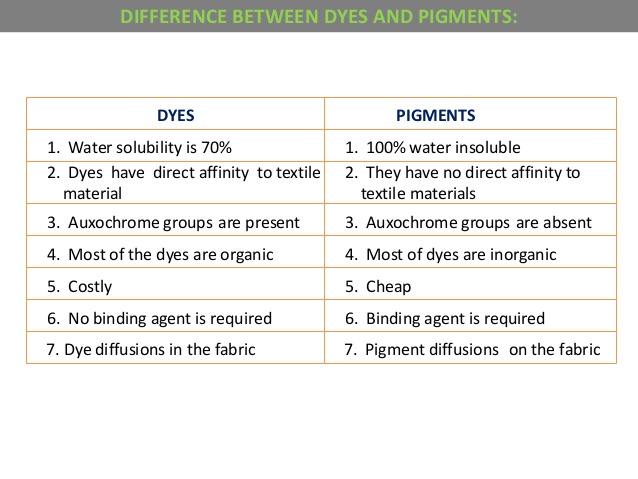Today I
will present some 'terms and definitions' which are essential for dyeing.
AATCC : American
Association of Textile Chemists and Colorists.
Alginate
: A thickener used in textile printing for the paste
containing dye.
Affinity
: Attraction between the dye and fibres.
Anhydrous : A
substance which contains no water or without water.
Antichlor
: A chemical used to neutralize chlorine bleach.
Anti
foaming agent : An agent used to protect the dye solution from forming
foam.









